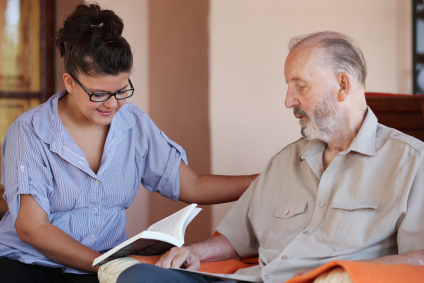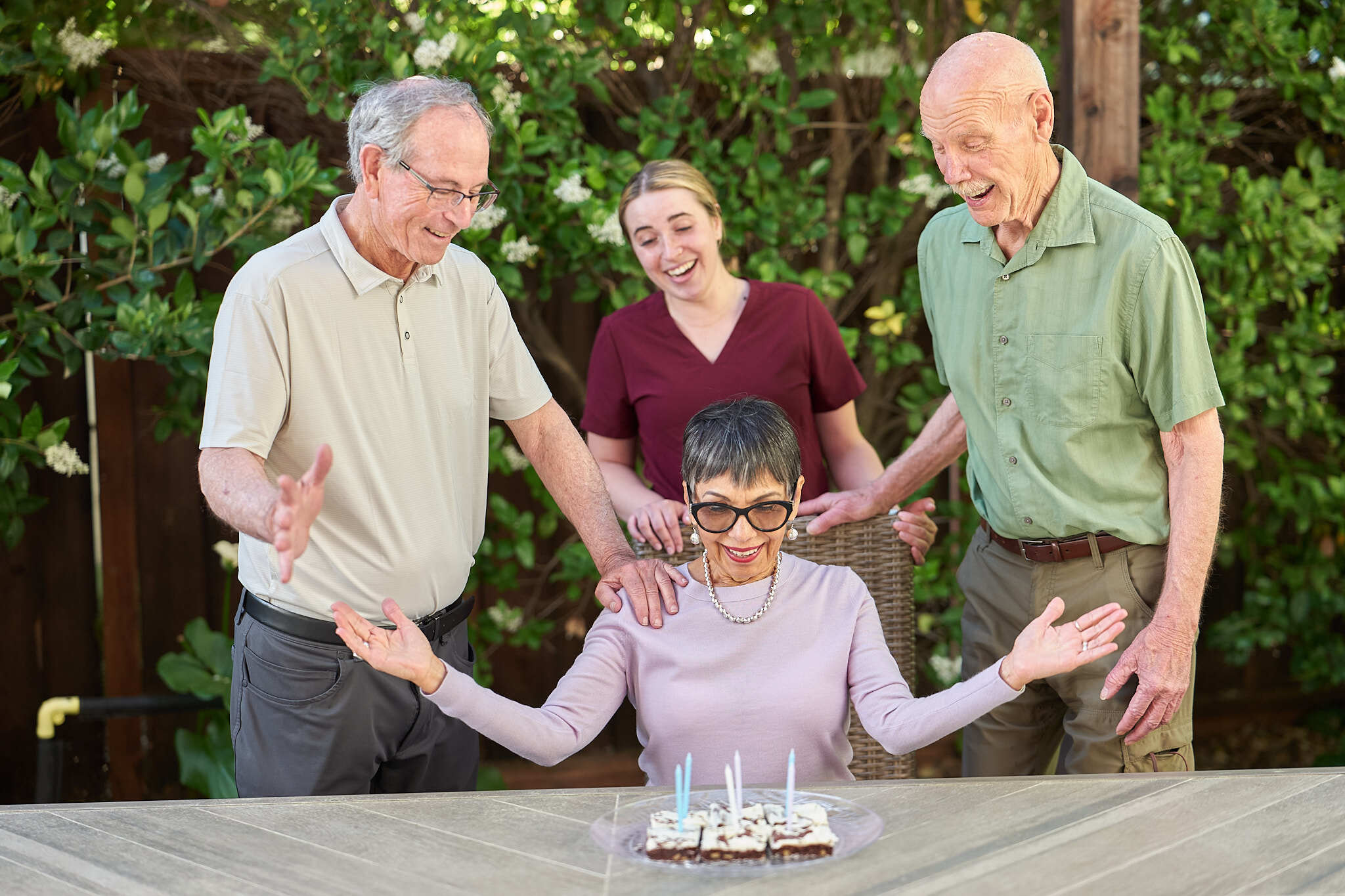It’s important for your senior’s diet to support their health. Managing your elderly loved one’s health can come in the form of a low sodium diet. Eating healthy means making changes to your loved one’s current eating habits. Lowering your senior’s sodium intake can be beneficial to their heart health, reducing cardiovascular risks. It can also relieve hypertension. By following some basic guidelines you can have your senior on their way to a healthier diet.
The first step in starting your senior on a low sodium diet is knowing what their daily sodium intakes should be. Many doctors suggest between 1,500 and 2,000 milligrams per day. This translates to about 2 grams per day. While this range benefits many people you should always check with your senior’s doctor before making changes to their diet. Your senior’s doctor will know exactly what they need according to their medical history, and age.
Learn to read food labels for information on sodium content. Many canned foods are high in sodium and should be avoided. While canned soups are easy go-to meals when you’re limited on time, they aren’t necessarily a healthy choice for your loved one. Read their labels carefully. There are great alternative food choices that are packed full of nutrients, easy to make, and low in sodium.
Measure your senior’s daily sodium intake by serving size. Low sodium by serving size is about 140 mg or less. A product with no sodium will contain approximately 5 mg or less per serving. Tracking your elderly loved one’s sodium intake by per serving will also help you better control their daily calorie intake. If you are unsure of the sodium content of a product you can always ask a dietician for help.
Introduce high fiber foods to your senior’s diet. Foods such as vegetables, whole-grain foods, peas, beans, rice, and fruit are high in fiber and packed with nutrients. Fiber helps better control blood glucose levels and aids the digestive tract. High fiber foods are also natural antioxidants. They reduce cardiovascular risks and detoxify the body. A great nutritional goal for your senior is to have them consume 25 to 35 grams of fiber a day. Again, check with your senior’s doctor before making changes to their diet.
If you need more help cutting the sodium from your senior’s diet consider consulting with a nutritionist. With a little background on your senior’s health they will be able to put meal plans together that you can follow when you are shopping and cooking for your loved one. Keep them up to date on your senior’s new diet progress for a few weeks so that they can help you tweak recipes and keep by adding healthy new foods.
Low sodium diets can help maintain a healthy body weight. As your senior ages and their activities become fewer and less demanding they may struggle with keeping their weight in check. Starting a low sodium and high fiber diet now will help your senior with their health in the future. Help your senior now and they will feel the benefits for a long time to come.
If you have a loved one who could benefit from senior care in Pleasant Hill CA, contact the caregivers at Hillendale Home Care. We help seniors and their families with many levels of home care service. Call (925) 933-8181 for more information.



